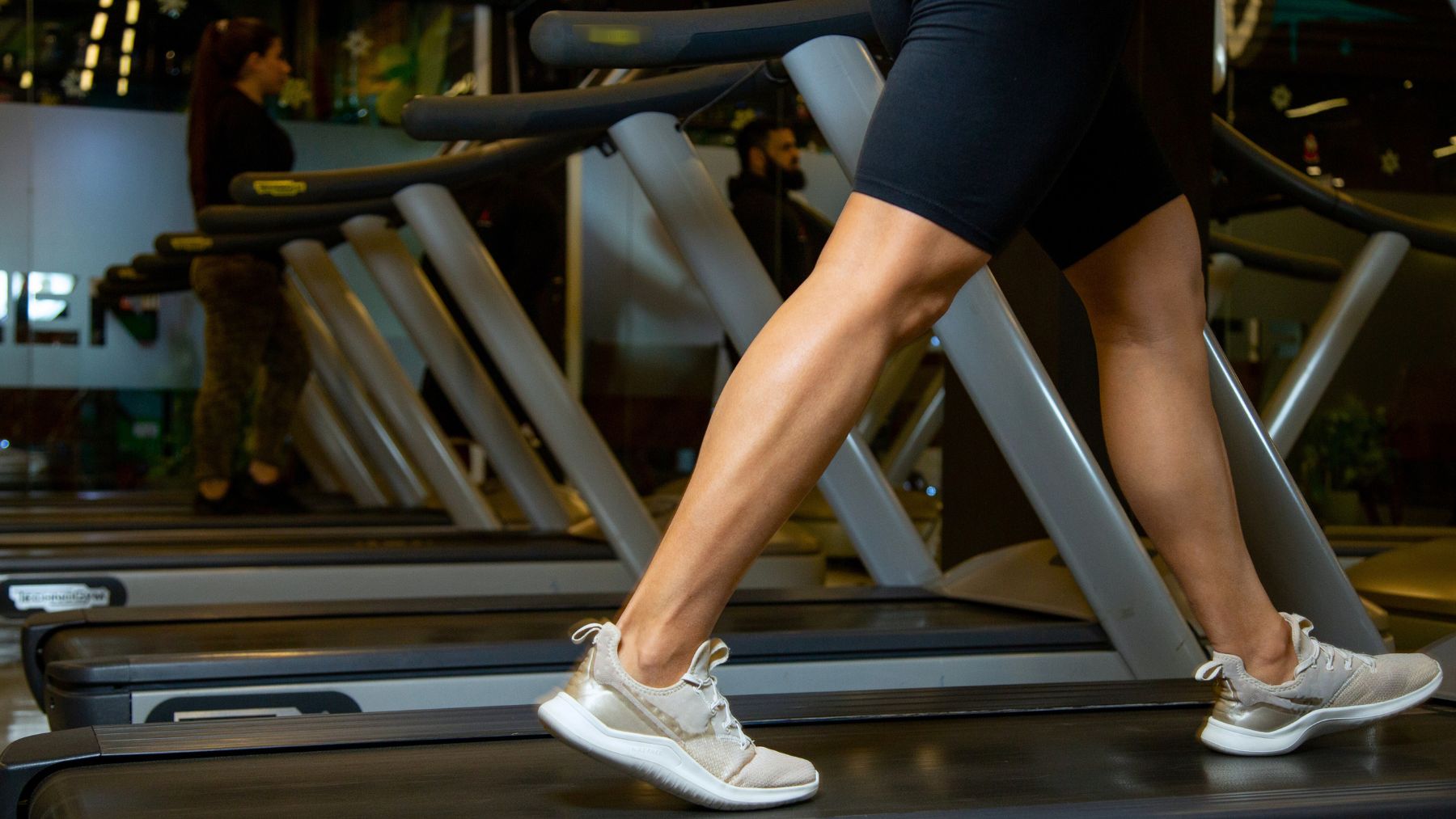If you’ve noticed people at the gym facing the other way on the treadmill, you might assume they’re doing it for attention, but trainers and sports scientists say walking backwards isn’t a gimmick. It’s an effective way to build strength, protect your joints, and even burn more calories.
Researchers and coaches like Jack McNamara, a senior lecturer in clinical exercise science at the University of East London, explain that this simple shift in movement engages muscles differently, improves balance, and can even ease back pain. Let’s break down why walking backwards is gaining traction and how you can add it safely to your own workouts.
Why walking backwards works
The mechanics of backwards walking change everything. Instead of relying on the large muscles that drive us forward, it forces the calves, quads, and smaller stabilizers in the legs to pick up the slack. These muscles are often undertrained, which is why building them up improves overall lower-body strength and balance. Athletes use it to stay resilient and prevent injuries.
Studies show that it can also increase calorie burn by nearly 40 % compared to the same pace going forward. That makes it a useful fat-loss tool, especially for people who want a low-impact alternative to running or high-intensity workouts.
For those dealing with pain, the benefits are just as clear. Backwards walking stretches the hamstrings and activates the paraspinal muscles, which support the back. This can reduce stiffness and ease chronic discomfort. Changing the incline on the treadmill also shifts how the hips, knees, and ankles move, helping conditions like plantar fasciitis and runner’s knee.
There’s also a cognitive side. Because walking backwards demands concentration and coordination, it stimulates the brain in new ways. Some research even suggests it can improve memory, reaction time, and problem-solving skills. Trainers argue that this mental challenge is as valuable as the physical one, keeping workouts fresh and engaging.
How to start walking backwards
The benefits are clear, but technique is important. If you’re new to it, the treadmill is the safest place to begin. Here’s how to do it right:
- Start slow: Set the treadmill to its lowest speed and focus on control before adding intensity.
- Stay upright: Keep your head and chest lifted, avoiding the temptation to lean forward.
- Step with your toes first: Reach back with your big toe, then roll through to your heel to complete the step.
- Use the rails if needed: Lightly resting your hands on the sidebars can help with balance while you adjust.
- Increase gradually: Once you’re comfortable, raise the incline or add short intervals of backwards walking into your routine.
You don’t need long sessions to notice results. Ten to 20 minutes, two or three times a week, is enough to improve strength and coordination.
Walking backwards on the treadmill may look unusual, but the science behind it is solid. From boosting calorie burn to protecting joints and sharpening mental focus, it’s a simple change with many benefits. Start slowly, practice good form, and it could become an effective addition to your weekly workouts.
